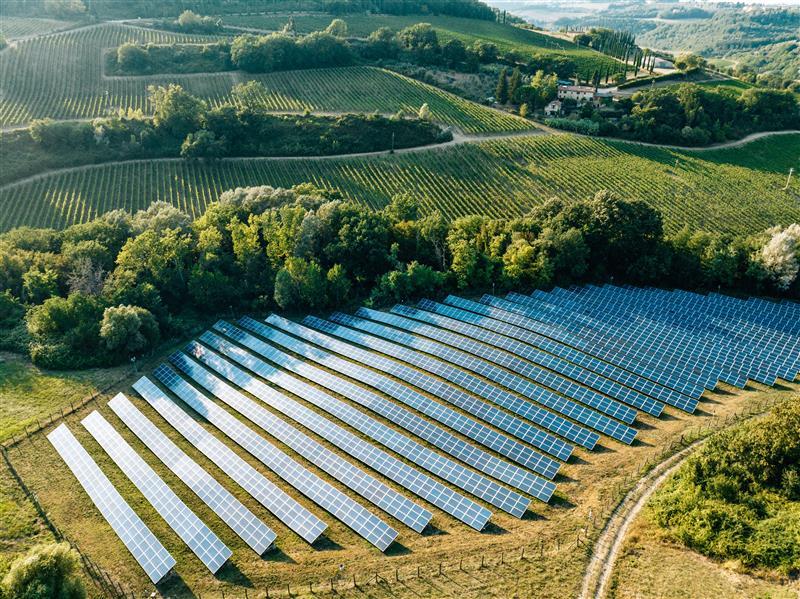SUSTAINABILITY
OVERVIEW
Sustainability is about meeting the needs of the present while preserving resources for future generations. The concept of sustainability is composed of three main pillars - economic, environmental, and social. Energy sustainability crosses into each of these three pillars and encompasses every part of the energy value chain.
Through 5’s comprehensive approach to energy management, clients receive the necessary tools and knowledge to achieve and report on their own sustainability goals, including:
• Resiliency planning – Addressing client-specific needs through microgrids, distributed generation, peak load management, demand response, power quality reviews, combined heat and power, batteries and fuel cells.
• Generation sourcing – Deciding between traditional sources of grid power versus on-site and utility-scale options for solar power, wind power, and a host of emerging alternative fuels.
• Decarbonization – Sequestering carbon emissions and through carbon offsets.
• Renewable energy purchasing – Renewable Energy Credits (RECs), PPAs and VPPAs, or Renewable Retail Contracts.
• Energy efficiency – Investing in clean-energy technologies, systems, and controls to reduce power consumption.
• Reporting assistance – EnergyStar, LEED, Well Building, ASHRAE audits, EPA Green Power Partnership.

“The Empire State Building has always served as a symbol of what is possible, and in the past decade that has extended to include leadership in healthy, sustainable buildings. To ensure that the ‘World’s Most Famous Building’ advances its clean-energy strategies and decarbonization leadership, we trust the advisory team at 5 and their comprehensive approach to the energy value chain, which includes procurement, local law compliance, financial modeling analysis, grid modeling, and renewable expertise.”
– Dana Robbins Schneider, Senior Vice President,
Director of Energy, Sustainability & ESG,
Empire State Realty Trust




